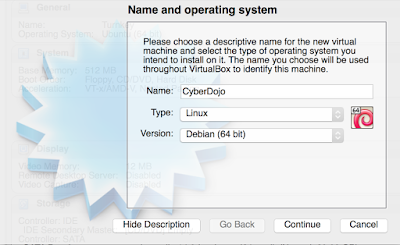Book Summary : How to fail at almost everything and still win big
This is a summary of Scott Adam's book "How to fail at almost everything and still win big". Scott has most likely failed at more things than the average person. This is because he tries his hand at new skills and businesses which in term lead him to big successes such as the Dilbert series. Major takeaways from the book Let energy be your indicator Decide on what you do based on your energy. If you feel something excites you, let that be the indicator to do more of it. Chances of success are higher on these projects. Goals vs Systems He bluntly says goals are for losers. Goals are specific objectives while systems are to be followed on regular basis. “Losing 10 pounds” is a goal, “eating healthier” is a system. Focus on better systems rather than goals. Systems oriented people feel good every time they follow the system, goals oriented are always busy chasing their goals and once they have attained it feel miserable (and start looking for another one). There are


